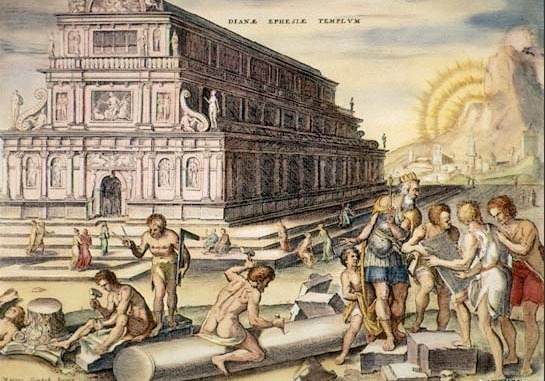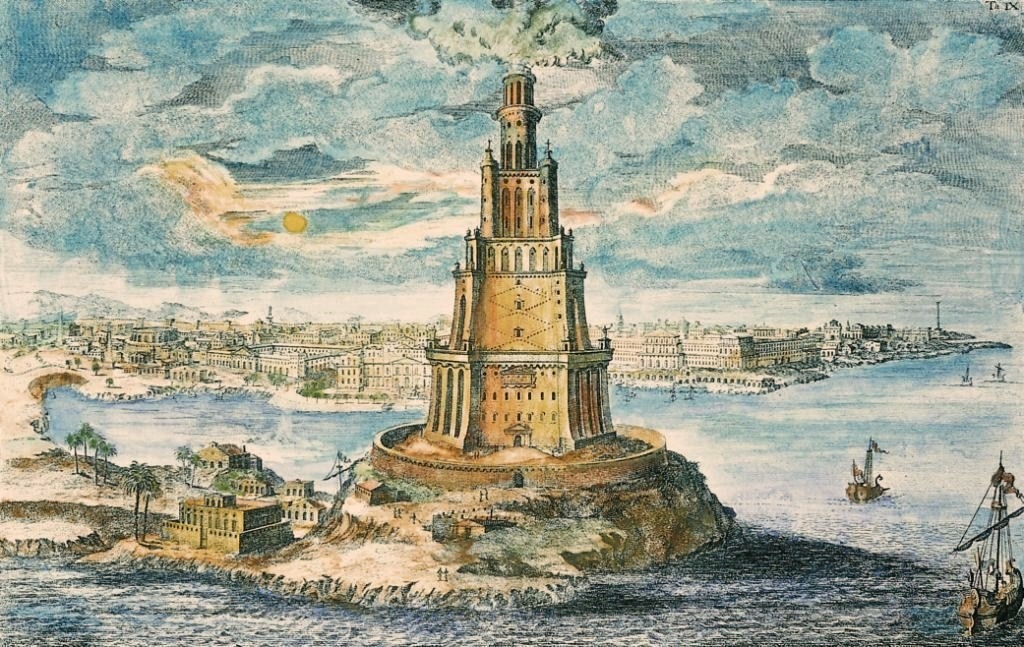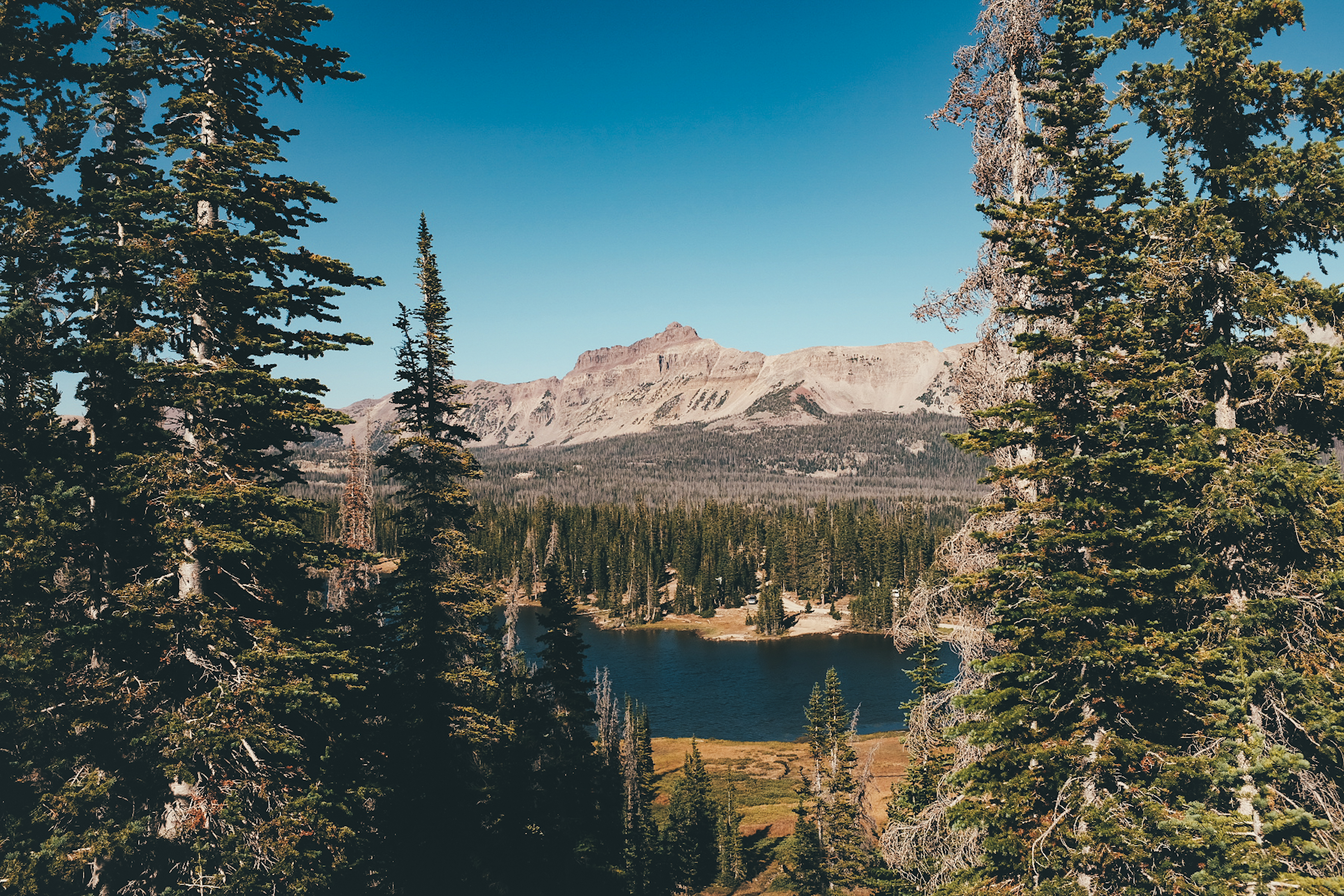Seven Wonders
You have to admire how far back in history our fascination with incredible architectural and engineering feats goes. Way back in the ancient world, scholars and travelers compiled lists of structures that simply blew them away with their scale, artistic merit, and the sheer audacity required to build them. Perhaps the most legendary list is that of the so-called Seven Wonders of the Ancient World. Curated by scholar and poet Antipater of Sidon, these stood out among all others as remarkably pushing the boundaries of what was considered possible in their day. Just think – over 2,000 years later and we’re still talking about them!
Only the immense Great Pyramid of Giza, last of the original wonders standing, gives us a sense of actually seeing these marvels ourselves. The others, alas, now only live on through written descriptions and artistic renderings. Let’s take a moment to marvel at each wonder in turn: the monumental Statue of Zeus, the breathtaking Hanging Gardens, the illuminating Lighthouse of Alexandria, the colossal Temple of Artemis, the mausoleum that inspired the word – the Mausoleum at Halicarnassus. And who could forget the towering Colossus of Rhodes statue and intricate engineering of the Pyramids?
While only stones remain, the legendary Seven Wonders of Ancient World stand as a testament to humanity’s timeless desire to push creative boundaries and create landmarks that defy expectations. Their legacy reminds us that our ability to accomplish astonishing feats is truly limitless.
Great Pyramid of Giza

The Great Pyramid of Giza is truly an architectural marvel. Located on the Giza Plateau just outside Cairo, it’s considered one of the most impressive ancient structures. Believed to have been built around 2560 BC as Pharaoh Khufu’s tomb, it remained the world’s tallest man-made building for over 3,800 years.
Rising an incredible 146.5 meters, the pyramid was originally smooth on the outside from polished limestone casings. While some remain at the base, the inner core is mainly what’s left now. Experts estimate construction took 14-20 years, requiring over 2 million heavy stones be quarried and precisely positioned. Can you imagine the effort that took?
Inside are three main chambers – an unfinished lowest one cut into the bedrock, a higher Queen’s Chamber, and largest King’s Chamber where Khufu was buried. Amazingly, it has ramps both up and down.
The pyramid itself was just part of a much larger burial complex. Other structures included two temples, three smaller pyramids for Khufu’s wives, a satellite pyramid, and causeway between temples. Tombs for nobility surrounded the area.
As the sole remaining Ancient Wonder, the pyramid stands as a testament to ancient Egyptian engineering prowess over 4,500 years ago. Its immense scale and intricate design continue fascinating and inspiring visitors today. The pyramid truly leaves you in awe of what early dynasties achieved through determination.
Hanging Gardens of Babylon
The legendary Hanging Gardens of Babylon are considered one of the original Seven Wonders of the Ancient World. Located in the famous city of Babylon near modern-day Al Hillah, Iraq, legends say they were built around 600 BC by King Nebuchadnezzar II to please his homesick wife Amytis.
Apparently Amytis, who was from Media, missed the trees and fragrant plants of her homeland. Nebuchadnezzar wanted to make her feel more at home, so he constructed this vast garden complex that incorporated terraces and irrigation systems to support lush vegetation. Some accounts say they used a type of ancient water pump or channel to get water up high.
Ingenious builders constructed the gardens on massive stone slabs rather than the typical clay and brick, which helped prevent erosion as water flowed through. This was quite innovative engineering for the time. Unfortunately, the lush paradise fell victim to earthquakes sometime after the 2nd century BC.

Ancient Greek historians like Strabo and Diodorus Siculus documented the mythical Hanging Gardens in great detail. Over time some confusion may have occurred, since Nineveh tablets also depict elaborate gardens. Still, Nebuchadnezzar’s creation in Babylon holds its place among the legendary original Seven Wonders as a masterpiece of greenery and infrastructure ahead of its day.
Statue of Zeus at Olympia
One of the original Seven Wonders was the massive gold and ivory statue of Zeus at Olympia. Created around 432 BC by renowned Greek sculptor Phidias, it dominated the interior of the temple built to house it.
Standing an impressive 43 feet tall, Zeus seemed poised to rise up and brush the ceiling! According to records, you really got a sense of his divine presence. The geographer Strabo remarked how if Zeus stood, he’d take out the roof.

Made from precious materials like gold-plated bronze and ivory, no similar replica survives today. But we get glimpses from descriptions, coins, and engraved gems of the area. The traveler Pausanias left a vivid account, detailing Zeus seated on an elaborately decorated cedarwood throne encrusted with jewels.
In his right hand Zeus held a golden statue of winged Nike, and in his left an eagle-topped scepter. Historical figures like the Roman general Aemilius Paulus and orator Dio Chrysostom recorded being utterly awestruck upon beholding the masterpiece. Paulus felt as though meeting Zeus in person! Dio said just one glimpse would make all your cares fade. Truly, this colossal sculpture representing the king of gods must have been an awe-inspiring sight to behold.
Temple of Artemis
The magnificent Temple of Artemis in Ephesus, now modern-day Turkey, was one of the original Seven Wonders of the Ancient World. Its dedication was to the goddess Artemis, and it underwent multiple reconstructions before tragically being destroyed.
The original sanctuary dated back to the Bronze Age, according to tradition established by Amazons. Major reconstruction began around 550 BC led by renowned architects. Funded by King Croesus, it took over a century to complete. Tragically, it burned down arson by the infamous Herostratus seeking infamy.
Rebuilt again magnificently, it survived over 600 years before meeting its demise. In 401 AD, Christian archbishop John Chrysostom riled up a mob to reduce the glorious temple to ruins, seeing it as a pagan symbol. Today only foundations and fragments remain of that final construction.

The renowned poet and traveler Antipater provides a sense of its grandeur: “I’ve witnessed wonders far and wide, but none compare to Artemis rising skyward in Ephesus. All other marvels paled in its presence – apart from Olympus, no view has so awed me as this towering house of the goddess.” Truly, the Temple of Artemis must have been a crowning achievement to impress a seasoned adventurer so. Its legacy as one of the original Seven Wonders still astonishes us today.
Mausoleum of Halicarnassus
The magnificent Mausoleum at Halicarnassus was truly a marvel of its time. Built between 353-350 BC in what is now Bodrum, Turkey, it served as the final resting place for Persian satrap Mausolus and his wife/sister Queen Artemisia II of Caria. Considering the scale and artistry that went into it, it’s no surprise it became one of the famed Seven Wonders of the Ancient World.

The elite Greek architects Satyros and Pythis led the project, designing a structure that originally stood around 45 meters tall. Can you imagine the effort that took with the construction methods of the era? Each of the four sides was decorated with incredible sculpted reliefs, with a different master artisan in charge of each – Leochares, Bryaxis, Scopas of Paros and Timotheus. It must have been a sight to see their talents combined on a single monumental building.
Contemporary accounts describe how the finished mausoleum took architectural beauty to new heights. Poet and traveler Antipater of Sidon, who compiled the original Seven Wonders list, was so impressed he noted it outshone all other marvels he’d witnessed, apart from Olympian sanctuaries. No wonder we still use the word “mausoleum” today for grand tombs, thanks to this pioneering structure raising the bar for memorial architecture back in the 4th century BC. Truly, visiting such a masterpiece in its heyday must have been an experience beyond words.
Colossus of Rhodes
You have to wonder at the ingenuity and ambition that went into creating the gigantic Colossus of Rhodes statue. Erected around 280 BC on the Greek island, this phenomenal work celebrated an important military victory over Cyprus’ Antigonus I. His failed siege of Rhodes in 305 BC must have really riled up the citizens!
To honor their triumph, the Rhodians enlisted renowned sculptor Chares of Lindos to design and oversee construction of a truly mammoth statue.

Depicting the sun god Helios, the finished colossus towered over 30 meters into the sky. Can you imagine seeing that towering figure looming as you approached the harbor? It must have been an awe-inspiring sight. No doubt it served as an awe-inspiring symbol of Rhodian resilience as well.
The gleaming bronze Colossus became part of the prestigious Seven Wonders of the Ancient World, and it’s no small wonder. Not only for its massive scale dwarving surrounding structures, but also the engineering skills required to erect such an ambitious work of monumental sculpture. Sadly, the statue didn’t stand the test of time, falling victim to an earthquake around 225 BC after nearly 60 years on display. But its legacy as one of the original Wonders lives on, a testament to human creativity and Rhodian pride in overcoming adversity through incredible artistic feats. Even in ruins, it captured imaginations for centuries as one of antiquity’s most remarkable manmade sights.
Lighthouse of Alexandria
Guiding ancient ships safely into port after dark must have been no easy feat. But what an achievement the great Lighthouse of Alexandria was in solving that dilemma for sailors arriving in the bustling harbor city. Constructed between 280-247 BC on a small island just off the coast, this architectural marvel truly lit the way.
Rising over 450 feet tall according to some accounts, the sheer scale of the structure was remarkable for its time.

Can you imagine seeing its bright flames flickering in the night from miles out at sea, a beacon of hope as the darkness closed in? They say you could even spot it from over 50 miles away on a clear night. It must have been an awe-inspiring sight looming above the city skyline and waters.
No wonder this revolutionary lighthouse, one of the tallest manmade landmarks in the known world for many centuries, earned its place among the prestigious original Seven Wonders. The engineers achieved this significant navigational work at such an early stage, showcasing their highly advanced ambition and foresight. How they managed to build such a tall slender tower and equipment to keep its fire burning through any weather we can only imagine.
While earthquakes destroyed the final version in the 14th century, its innovative and lasting legacy lives on. The Lighthouse of Alexandria stands as a shining example of how tremendous technical achievements can transform civilization by solving practical problems in ingenious new ways.

Originally posted 2023-10-10 07:37:41.




